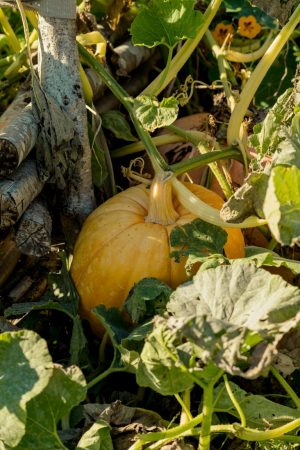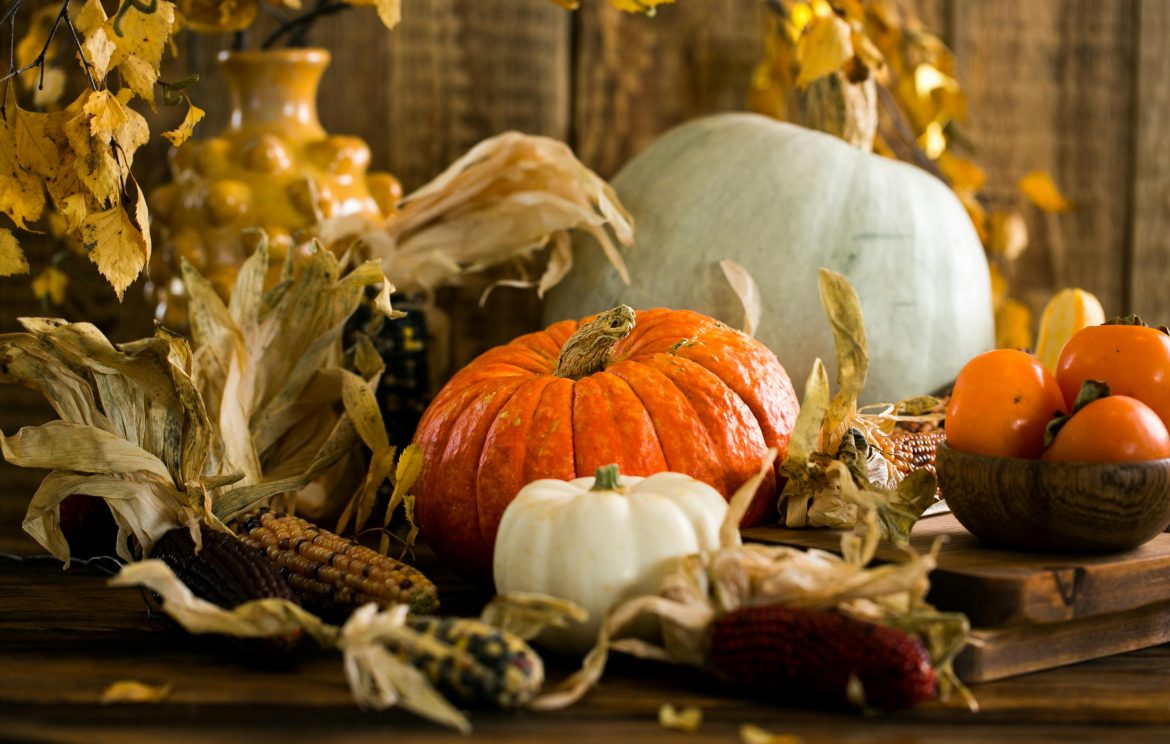Pumpkin plants are best known for their large orange fruits, but the entire plant has culinary and nutritional value, from seeds to stems. One often-overlooked part of the plant is the leaves. Known as pumpkin greens, these vibrant, edible leaves are a staple in various traditional dishes and offer a range of health benefits.
ALSO SEE: The ultimate guide to orchid care
Young pumpkin leaves are tender and flavourful, with a taste that falls somewhere between spinach and string beans. They’re rich in essential nutrients and are especially popular in West African, Asian, and Caribbean cuisines. Whether you grow your own pumpkins or find the greens at a local market, pumpkin leaves are a versatile ingredient worth adding to your kitchen routine.
How and when to harvest pumpkin leaves
If you’re growing your own pumpkins, harvesting the leaves is a great way to make the most of the plant before or during fruit development. Choose younger leaves for cooking, as they are more tender and cook down beautifully. To harvest, gently fold the stem and pull to remove the fibrous strings, or use a knife to snip every second or third leaf to avoid stressing the plant.
If you’re buying pumpkin greens from a farmers’ market or shop, look for leaves that are bright green, free from blemishes, and still slightly soft to the touch.

Unsplash
Nutrient-rich and full of health benefits
Pumpkin leaves are packed with vitamins and minerals that support overall well-being. They contain significant levels of beta-carotene, alpha-carotene, and beta-cryptoxanthin—antioxidants that help protect cells from damage caused by free radicals. These antioxidants play a role in lowerin
g the risk of chronic illnesses such as cancer and heart disease.They’re also an excellent source of calcium and phosphorus, which are essential for bone health. Regular consumption may support stronger bones and help prevent joint stiffness and bone pain over time.
Support for women’s health
Thanks to their high manganese content, pumpkin leaves can be especially beneficial for women. Manganese helps alleviate some symptoms of PMS, including mood swings, headaches, and irritability. Pumpkin leaves also contain folate, fibre, and protein—all crucial nutrients during pregnancy, supporting both maternal wellbeing and foetal development.
Cooking with pumpkin leaves
Pumpkin leaves are as versatile as they are nutritious. Their mild, slightly earthy taste makes them ideal in stir-fries, stews, and soups. In many households, they’re cooked down with onions, tomatoes, and spices to create a hearty side or main dish. You can sauté them with garlic and a splash of oil, or add them to curries and broths for a boost of greenery.
Before cooking, always remove the tough outer fibres by gently pulling them from the stems. This helps improve the texture and makes the leaves easier to chew.
Why pumpkin leaves deserve a place on your plate
Pumpkin leaves are a simple yet powerful addition to your autumn menu. They’re nutrient-dense, easy to prepare, and offer a sustainable way to use more of the plant. Whether you’re adding them to your diet for their health benefits or their rich, comforting flavour, pumpkin leaves make a worthwhile seasonal ingredient.
As the weather cools and pumpkins take centre stage in gardens and kitchens, don’t overlook the humble leaf—it might just become your new favourite green.
ALSO SEE:
How to grow citrus trees indoors and keep them thriving year-round
Featured Image: Pexels
A version of this article was first written by Thimna Matika for Garden&Home.

